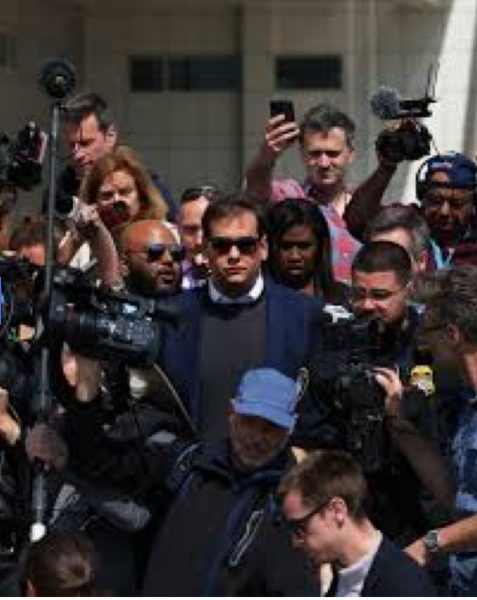Afghanistan Elections
Afghanistan’s presidential elections on April 6 were an encouraging triumph for democracy. Expectations for this year’s election were low after the widespread fraud and low voter turnout of the 2009 presidential election. This year, however, Afghani spokesmen have reported high voter turnout and comparatively low levels of fraud.
“The scale of fraud and violations in this election was much lower compared to previous elections,” Nader Mohseni, spokesman for Afghanistan’s Independent Election Complaints Commission told The New York Times.
More than 7 million people voted in the elections, a number representing around 84% of registered voters, a large jump from the 39% turnout in 2009.
Of the eight presidential candidates, three are considered the frontrunners. These three include Abdullah Abdullah, the runner up in the 2009 election; Ashraf Ghani Ahmadzai, a former World Bank official and aid to President Karzai; and Zalmai Rassoul, Karzai’s former foreign minister.
In Afghanistan, the election is seen as a success by many. “The widespread participation of voters was a good achievement compared to the previous election,” head of the Independent Election Commission, Ahmad Yousuf Nouristani told the Associated Press.
However, according to the Associated Press, election complaints and ballots are still being counted and processed and many electoral officials find it hasty to mark the election a success before it has been finished.
Noor Mohammed Noor, another spokesman for the Independent Election Commission, told the Associated Press final election results will be announced on May 14.
Whoever is elected will be only the second elected president in Afghanistan’s history. If the transition in power from current president Hamid Karzai to the new president goes smoothly and peacefully, as Afghans hope is the case, it will be the first transfer of power, democratically, in the nation’s history.







